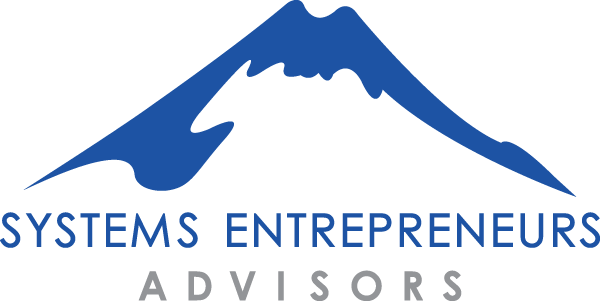Technology (IT) for Systems Entrepreneurship
We work with our clients to enhance their capacity to use new technologies to build a movement, manage or communicate within a collective and increase their systems change impact.
There has never been a better time than today for the creation of a collective or a movement. We are in the era of self-management, remote working, and task-forces (teams of teams) instead of departments, all trends which lend themselves wonderfully to manage talent, operations, finances, and communications within collectives, especially those poised to change systems.
In the last decade, many people have spoken about Twitter Revolutions that have resulted in political and social change. Although social movements and uprisings have been aided by mobile-based tools, whether social media or other internet-linked activities, they were not created by the existence of such tools. Collectives and movements are never the creation of a given technological tool whether a social media platform, collaboration software or internet-based service. Coalitions, movements and other collectives are created and formed by organizations and people deeply committed to solving social issues. Certainly, the work, interactions and communications amongst the members or sympathizers of a movement can be assisted and greatly improved by the use of technology. Nevertheless, the use of technology to reach millions of people with the touch of a button does not necessarily translate into systems change.
Malcolm Gladwell, in his New Yorker article “Small Change: Why the Revolution will Not be Tweeted”, argues that technology in itself does not create movements, although he recognizes, as we do, that with social media platforms the traditional relationship between political authority and popular will has been upended, making it easier for the powerless to collaborate, coordinate, and give voice to their concerns.
Academicians and practitioners, as well as organizations that support systems entrepreneurship, do not agree if activism, which is associated generally with movements, contributes to changing systems. We want to challenge the notion that movements are purely focused on activism. A definition embraced by many is that a movement is a group of people with a shared purpose who create change together. Hence, movements are not dedicated only to mass activism. Even relatively small groups of people can effect change by facilitating and nurturing a mass movement to engage in activism as a component of a strategy to change systems. Throughout this website, we call individuals leading these groups by the term systems entrepreneurs, and we call the groups themselves by the term collectives.
Collectives can certainly use technology-based tools to increase their impact.
There are several perspectives from with technology can help:
- To growth an existing coalition or movement by finding and engaging new members or volunteers, etc.
- To empower many small groups to act together, contributing to a single goal.
- To keep the general public informed.
- To coordinate and manage the execution of activities.
- To foster collaboration among members of a collective.
- To communicate and engage members in decision-making.
- To generate input to inform decision making by collecting or crowdsourcing of data.
- To facilitate a large group of organizations in sharing data and tracking processes associated with their collective work (financial and HR management, contacts, processes, projects, files, etc.)
The use of technology can reduce management time, keep everyone informed, and enhance the quality of collaboration.
Some organizations choose to build technology in-house, thinking that what they do is unique. It’s easy to understand that many organizations are inclined to believe that they need a system built for their unique needs. The problem with this approach is that it is not only and often much more expensive up-front than choosing to use an already existing product or system, it is also more complex to manage and keep up to standard. It demands a lot of resources.
In our experience, it is as effective to use already existing products that are customizable. That does not mean that they are not costly, but the benefit is that someone else is investing in new versions, maintenance of the systems, fixing bugs, etc., etc. Also, building and managing in-house requires often expensive permanent staff and managers, and often the survival of these systems depends on a few people that know them well and the rationale behind them. If there is staff turnaround, the impact can be noticeable.
We work with our clients to help define the best way to use technology to boost their capacity to achieve systems change is. We can support them in their planning and in the process of selecting what they need. Also, we can help with the design of the management model for the technology, the cost, the selection of the right staff, and partnerships with large tech companies such as Google, Facebook, Twitter, Salesforce, and many others.


